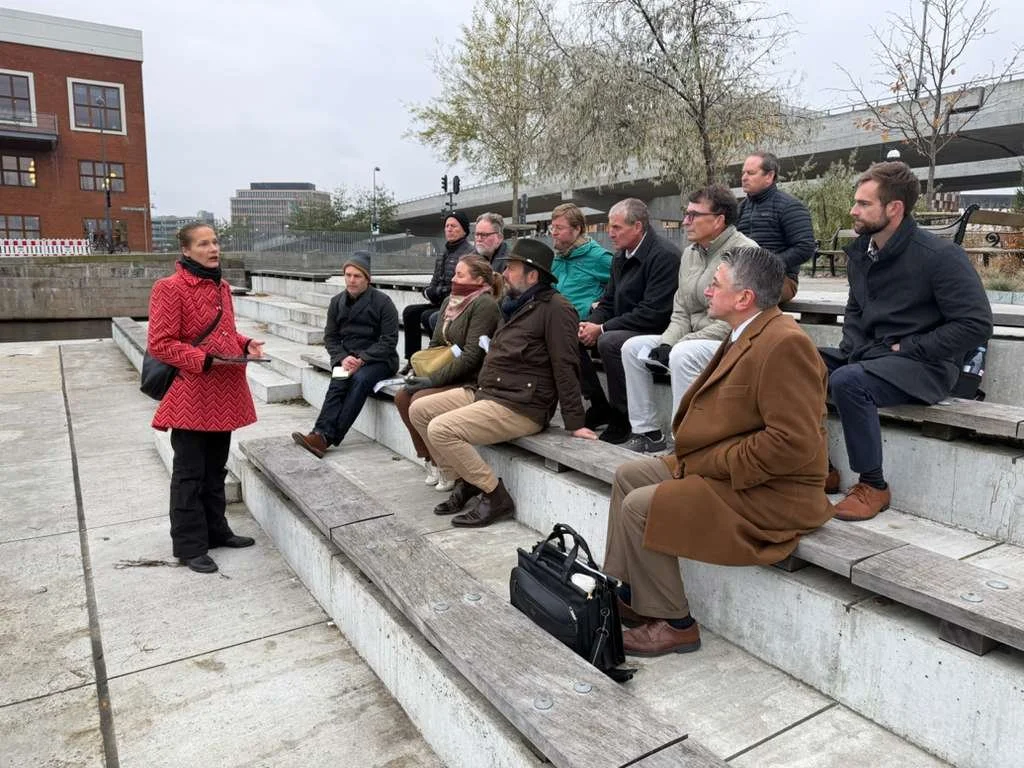“To give back to the city” or “To give back to nature”
“To give back to the city” is an expression I often hear among professionals working in the built environment, especially when yet another office building, workplace, or housing project appears on the Copenhagen skyline.
But is this expression actually a kind of cover-up? A way to soothe our guilt as we continue extracting nature’s resources to produce sheet piles, rebars, columns, bricks, steel, glass, aluminium, and everything else that makes up the built environment?
We need to give back to nature
The common understanding of “to give back to the city” — and my own understanding as well — is that a building “gives back” by offering something to local residents or the public: access to a ground-floor café, a shop, a landscaped area, or simply a place to sit and relax. Some buildings add recreational opportunities, viewpoints, or aesthetic qualities that enhance the urban realm and allow us to enjoy the surrounding architecture and landscape.
I fully support adding value to commercial buildings with prime locations in the city—so that these buildings give something back to not only the people working there.
But when do we start giving back to nature? Because giving back implies that something was taken — and what we take is nature’s resources.
This building gives back — but it also stands on piles of concrete
Recently, I toured the beautiful Spidsen building in Nordhavn with a group of planners from Beemok Capital in Houston and from Third Nature. The group was mainly interested in urban waterfront planning and resilience efforts. Yet there I was again, describing Spidsen by saying, “Here we give back to the city,” referring to its public urban spaces and beautiful waterfront design.
And yes — it would have been unfortunate if Spidsen had ended up as privatised land with no public access or no opportunity to experience its calm winter garden or the gentle plateaus with great views.
But I can’t help wondering: When will I be able to use the phrase “to give back to nature” on my architecture tours? Even Nordhavn, despite its many celebrated green initiatives, still lacks green spaces and is fundamentally built on vast amounts of concrete.
So what is the hierarchy here?
“To give back to nature is to give back to the citizens — which is to truly give back to the city.”?
I’m still trying to wrap my head around it.
But one thing is clear: if we claim to “give back,” we must acknowledge that we have taken something. And we need to start giving back to nature.
“To give back to the city” should mean contributing more than we take.




